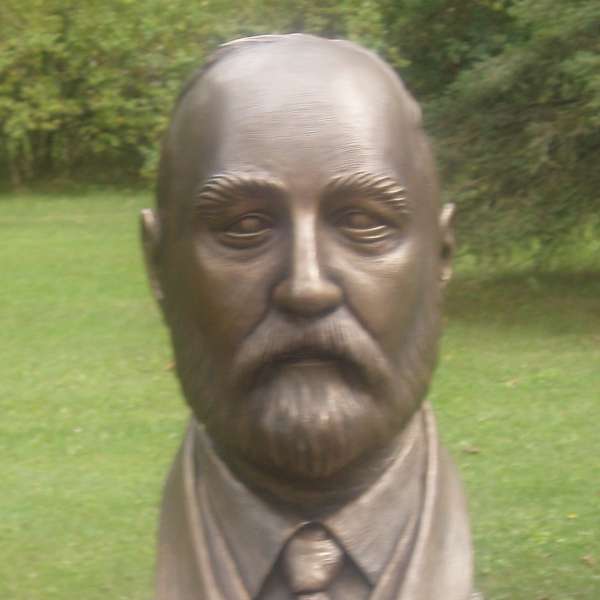One of Winnipeg's First Citizens
Pioneer Businessman, Politician, and Philanthropist
James Ashdown was chosen as the historic inductee for 2006. At the time of his passing in 1924 at the age of 80, Ashdown was one of the wealthiest men in Canada, and owned the largest chain of hardware stores in the British Empire. He arrived in Winnipeg in 1868 with a paltry sum of money in his pockets.
He was a charter member of the Winnipeg Board of Trade (now known as the Winnipeg Chamber of Commerce). He served as its president and sat on the council for four decades. He led the Board’s committee to fight high freight rates on the CPR, a major issue across the West. Ashdown was also a founding shareholder of the Great West Life Assurance Company, a director of the Bank of Montreal and a president of the Canadian Fire Insurance Company.
He led the movement to choose the name Winnipeg for the growing settlement and chaired the citizen’s committee which took Winnipeg from an unnamed village to city status. “It is going to be a city, and we might as well start out right in the first place,” he added.
He was a member of the first city council and later served two terms as mayor – by acclamation the second term for wrestling down some significant debt. He was very much a strong proponent of fiscal accountability and reform “Expenditures on capital account must cease until the present indebtedness is brought more thoroughly under control.”
Ashdown was one of the founders of Wesley College; later United College and the University of Winnipeg. He served 36 years on the board, including 16 as chairman. He was president and one of the largest benefactors of the YMCA, life governor of the Winnipeg General Hospital and one of the founders of Winnipeg’s public school system. When he was mayor, he led the drive to found Assiniboine Park.
Ashdown’s most proud achievement was the creation of the Winnipeg Aqueduct. The Aqueduct was absolutely critical to delivering clean water and avoiding deadly typhoid or Red River fever that claimed his first wife’s life. He was also responsible for building the James Avenue pumping station, which was funded out of his own money.

